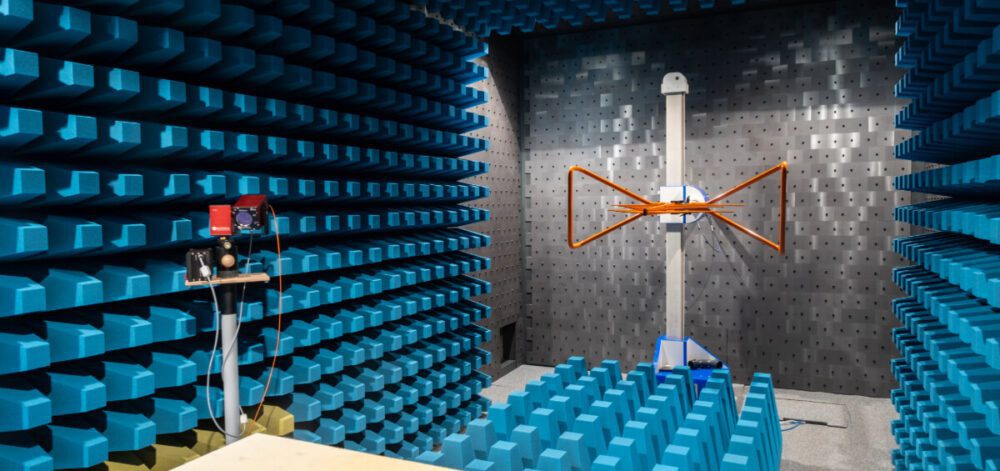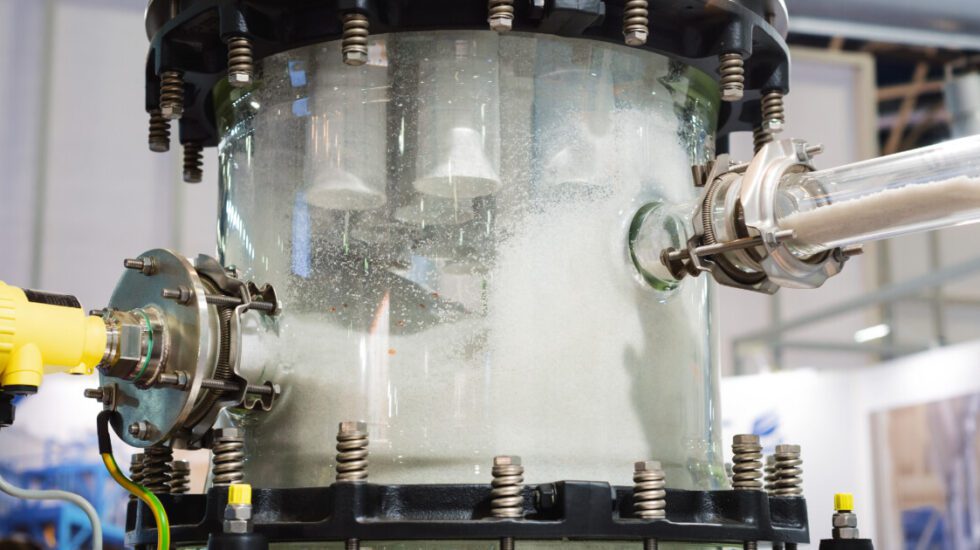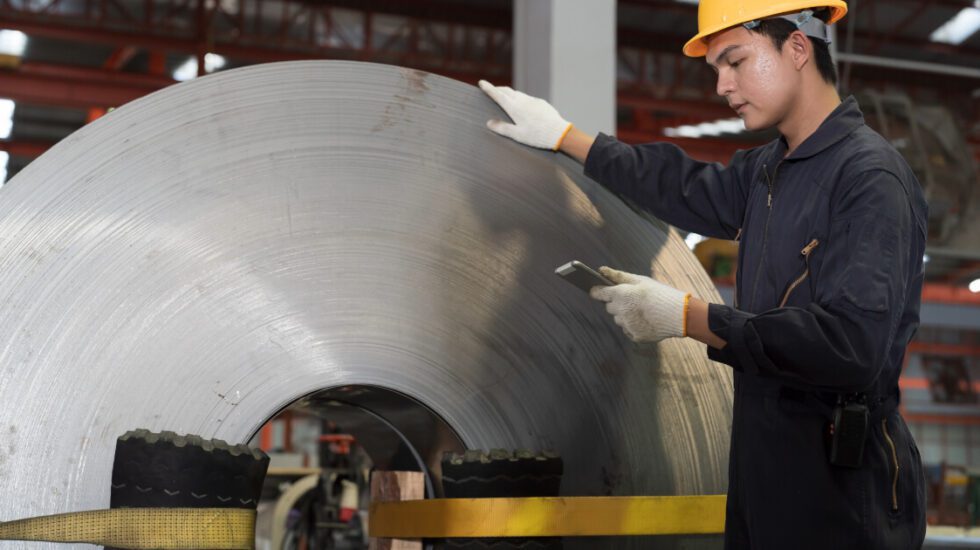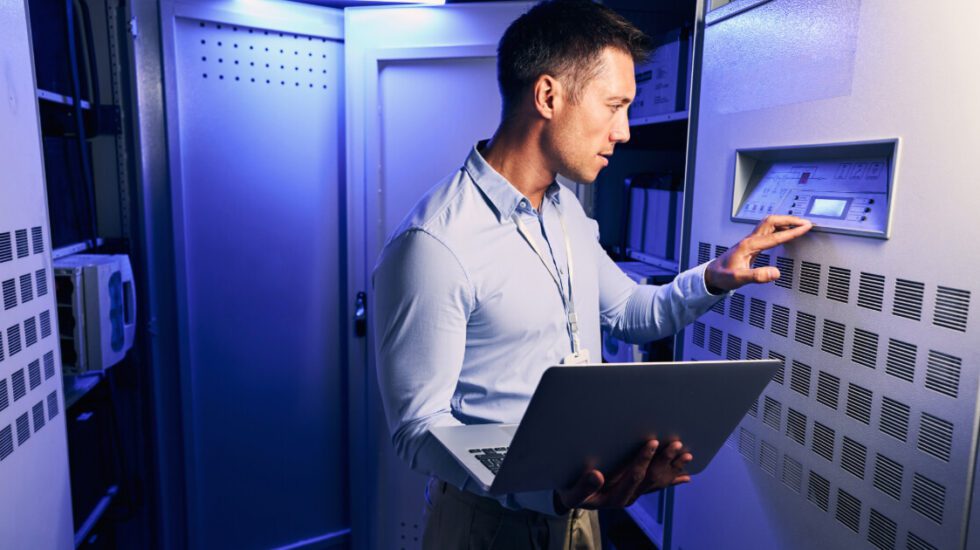RF Shielded Enclosures and Anechoic Chamber Innovation
RF shielded enclosures and anechoic chambers are essential for protecting sensitive electronic equipment from electromagnetic interference (EMI) and for creating interference-free environments for testing. For businesses involved in the design and manufacturing of these structures, there are often significant technological challenges to overcome. These challenges present strong opportunities for Scientific Research and Experimental Development (SR&ED) claims in Canada.
If your team is innovating in this area, it’s crucial to identify where technological uncertainties exist and document your efforts to resolve them. Below are key examples of SR&ED-eligible activities in the field of RF shielded enclosures and anechoic chamber development.
Material Selection and RF Performance
Selecting effective shielding materials is one of the most critical aspects of enclosure design. Different materials exhibit varying levels of attenuation, conductivity, and performance across specific frequency bands. When developing new alloys or composites to enhance RF shielding, businesses often face challenges in:
- Predicting how materials will perform under high-frequency or variable environmental conditions
- Achieving consistent shielding effectiveness across a wide spectrum
- Balancing material performance with factors such as weight, cost, and manufacturability
These uncertainties typically require systematic experimentation, testing, and iterative development. These are activities that fall squarely under SR&ED tax credits.
Design Optimization for RF Shielded Enclosures
Creating an enclosure that effectively blocks unwanted RF signals goes far beyond material choice. It also involves:
- Refining geometries to minimize gaps and leakage
- Reducing internal reflections and resonances
- Balancing design constraints such as access panels, ventilation, and cabling
Uncertainty often exists in predicting how small design changes will affect overall shielding effectiveness. Engineers may need to experiment with different enclosure shapes and configurations to meet performance standards. This is a prime example of eligible SR&ED work.
Innovation in Anechoic Chamber Construction
Building anechoic chambers that eliminate electromagnetic reflections presents its own set of complex challenges. These structures require the strategic placement of absorbing materials and careful control over layout and construction methods. Projects may involve:
- Experimenting with absorber material shapes, compositions, and densities
- Testing layout configurations to improve signal absorption
- Developing new installation techniques for complex test environments
SR&ED claims are often supported by the iterative nature of chamber development and the need to validate performance through testing.
Advancing Measurement and Validation Techniques
Assessing the effectiveness of shielding and chamber performance involves a high level of precision. Companies that are involved in:
- Developing new tools or instrumentation for measuring RF leakage
- Creating testing protocols to validate performance in real-world scenarios
- Investigating novel ways to detect signal distortion or loss
are often addressing significant technological uncertainties. SR&ED recognizes the time and expertise required to develop reliable validation processes.
Integrating Advanced Technologies into Shielded Systems
The performance of RF shielded enclosures can be enhanced with the integration of additional technologies. This could include:
- Embedding RF filters, ferrite tiles, or EMI gaskets
- Implementing active cancellation systems
- Combining various materials and layers for multi-band protection
However, integration poses its own challenges. It is often unclear how these components will interact, whether they will cause interference, or how they may affect enclosure performance under different frequencies or loads. These are all valid areas of technological uncertainty under the SR&ED program.
Work with Ayming Canada to Maximize Your SR&ED Potential
If your business is designing or manufacturing RF shielded enclosures or anechoic chambers, there is a strong likelihood that your R&D activities qualify for SR&ED tax credits. At Ayming Canada, we help companies like yours identify eligible work, document experimentation, and prepare successful claims that reduce your R&D costs.
Reach out today to schedule a consultation with our SR&ED experts and ensure your innovation efforts receive the financial support they deserve.
Contact us today!
One of our experts will be in touch shortly.














No Comments